Let me show you something most newbies completely miss.
Right there, in plain sight, in some census records, there’s hidden information.
Information that leads to other records.
Information that breaks down brick walls.
Information that tells stories you never knew existed.
And today, I’m going to show you exactly where to find it.
No fancy techniques. No expensive subscriptions. Just pure, actionable insights hiding in plain sight.
Let’s break it down.
1. The Revolutionary 1940 Census: Finally, We Know Who’s Talking
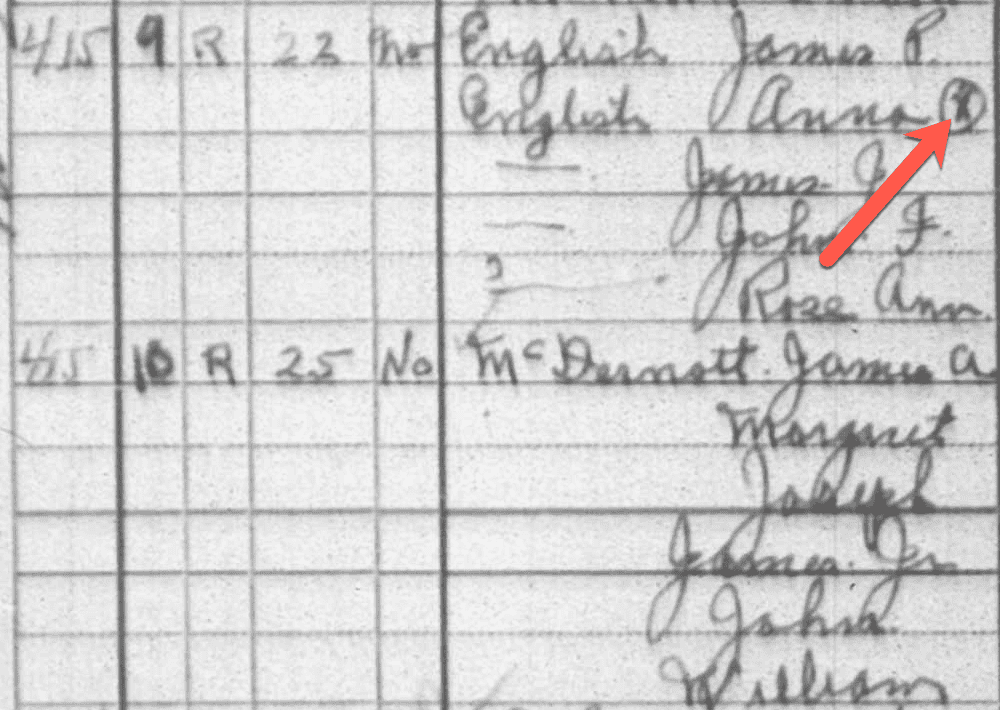
Here’s the thing about the 1940 census that nobody talks about:
It was the first time in history they marked who actually gave the information.
Why does this matter? Because it changes everything about how reliable that information is.
Think about it.
Your great-grandmother telling the census taker about her own children? Golden.
The neighbor who barely knew the family? Not so much.
In the photo above, you can see that the informant for my great-grandfather’s household was actually the woman who lived on a different floor of the same house. No relation. Probably why my great-grandfather’s age is off by 4 years.
Most beginner genealogists never even look at who the informant was.
This overlooked detail could be exactly what you need to break through your research barriers.
2. The 1900 Census: “Precise” Birth Information
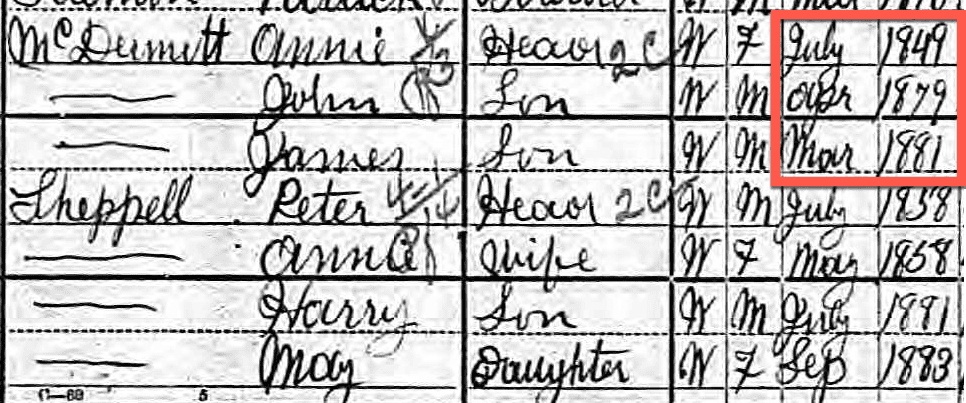
The 1900 census is the GOAT.
Why?
Because it’s the only census that recorded both month AND year of birth.
Look at Column 7. Right there.
This isn’t just some random detail. It’s your key to:
- Church baptismal records
- Birth certificates
- Newspaper announcements
- Birthday mentions in social columns
Here’s what separates the pros from the amateurs:
The pros use this precise date to expand their search windows. They don’t just look for records on the exact date. They look 3 months before and after.
Because guess what? People lied about their age. A lot.
So take the information with a grain of salt!
3. Children Lost to History: The 1900-1910 Child Mortality Clues

This one’s heavy. But it’s important.
The 1900 and 1910 censuses asked women two critical questions:
- How many children have you given birth to?
- How many are still living?
The gap between those numbers? That’s your roadmap to:
- Cemetery records
- Death certificates
- Obituaries
- Church burial records
- Funeral home records
Pro tip: Check local newspaper infant mortality columns. They’re gold mines of information nobody else is looking at.
4. Civil War Service Records: A Gateway to Military History
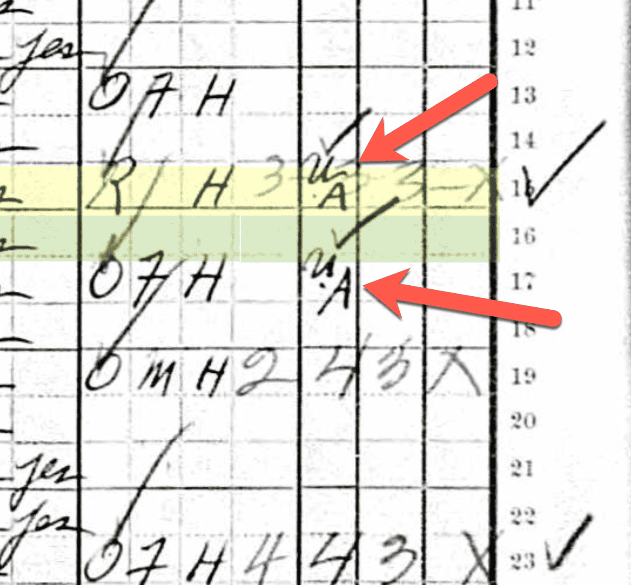
Want to find a Civil War veteran? Look for these codes:
- 1910 Census: UA, UN, CA, CN
- 1930 Census: Column 31 marked “CW”
But here’s what most people miss:
These aren’t just random letters. They’re your ticket to:
- Pension applications (loaded with family details)
- Military service records
- Hospital records
- GAR membership files
- Confederate veteran records
- Soldiers’ home records
The real money? Widow’s pension applications.
Why? Because they often contain original marriage records. That’s pure gold for genealogists.
Read next: How to Search Military Records for Family History
5. Immigration Year Clues: Finding Arrival Records
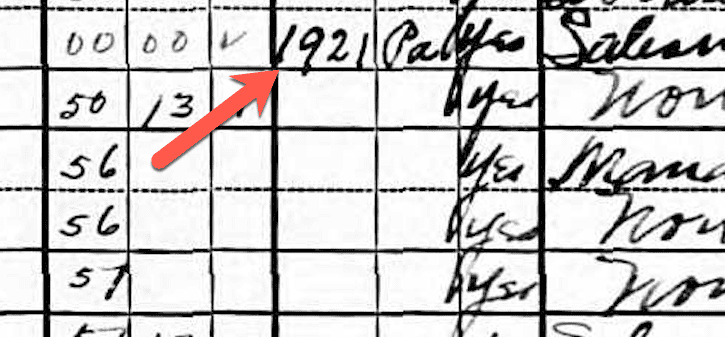
Every census from 1900-1930 asked about immigration years.
But here’s what nobody tells you:
People often gave different years in different censuses.
Write. Them. All. Down.
Each year opens up possibilities:
- Passenger lists
- Border crossing records
- Ship manifests
- Port records
- Alien registration forms
- Immigration visa files
The secret sauce? Check every family member’s immigration year. They didn’t always come together.
Read next: Strategies for Tracing Ancestors Through Immigration Records
6. Naturalization Status: Tracing the Path to Citizenship
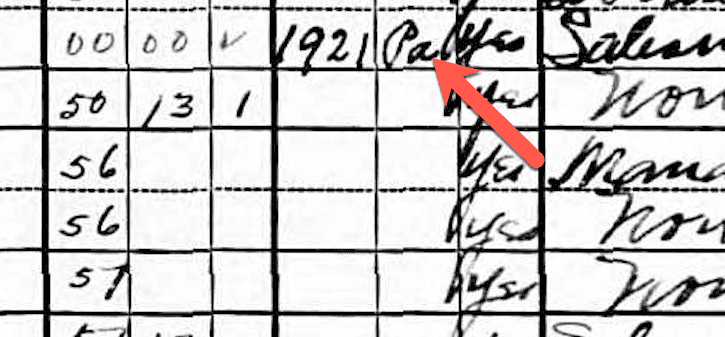
This is where it gets good.
The census used codes for naturalization status:
- “Al” = Alien
- “Pa” = First papers filed
- “Na” = Fully naturalized
Each of these statuses unlocks different record sets:
- Declaration of Intention
- Petition for Naturalization
- Final certificates
- Citizenship applications
- Court records
- Witness affidavits
- Passport applications
But here’s the thing most people miss:
Before 1922, when a man became naturalized, his whole family did too.
That means one document could naturalize 10 people.
Read next: How to Find Naturalization Records
7. Property Ownership
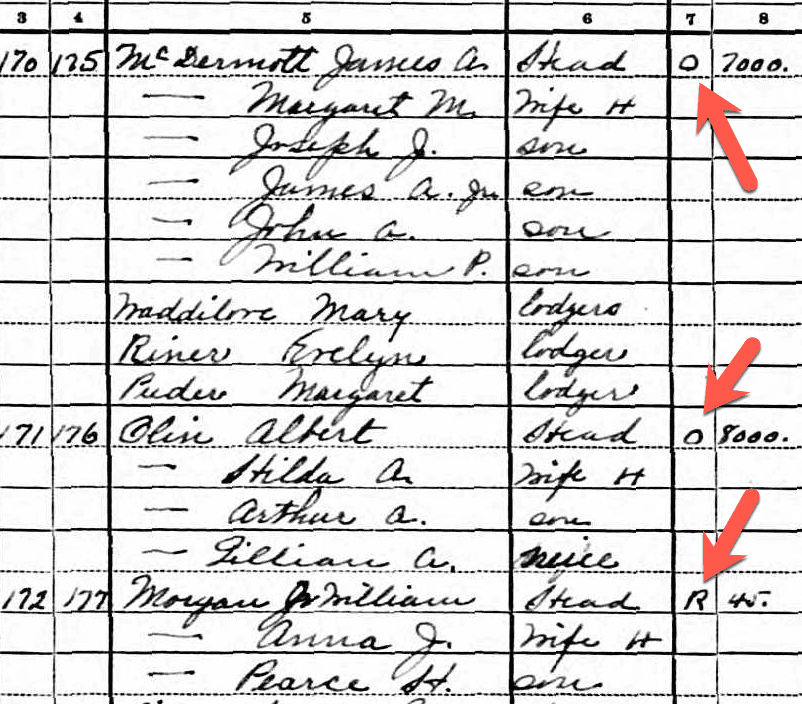
See those “O” and “R” marks in the census?
Owner. Renter.
Two letters that could unlock:
- Deed records
- Tax lists
- Property maps
- Mortgage documents
- Fire insurance maps (read more on Sanborn Fire Insurance Maps)
- Court records
- Estate inventories
8. The Often-Overlooked 1880 Census Health Information
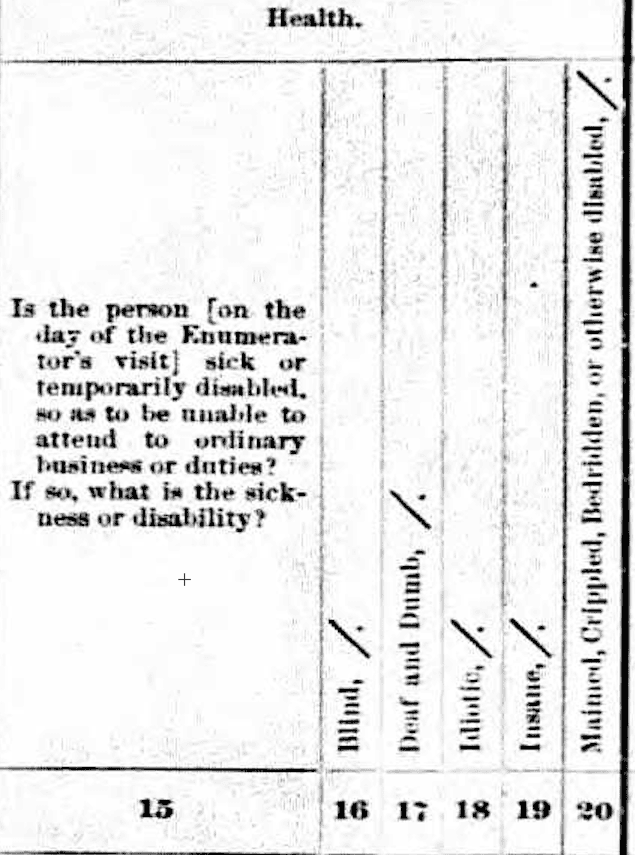
The 1880 census asked about health conditions.
Most people skip right over this.
Big mistake.
These entries can lead you to:
- Hospital records
- Asylum documents
- Poor farm records
- State health records
- Disability pensions
The Bottom Line
Most beginner genealogists use census records wrong.
They look for names, ages, and addresses.
Then they move on.
Don’t be most genealogists.
Use these strategies. Find these hidden clues. Follow where they lead.
Because here’s the truth:
Every census entry is a door.
And now you have 8 keys.
But there are dozens more.
Want to unlock every hidden clue from 1790 to 1950?
Our comprehensive Census Gold guide reveals 40+ overlooked data points that transform confusing census pages into family breakthroughs.
👉 Get instant access to the complete guide
Your ancestors left more clues than you think.
Time to find them all.


About ages on the census, they may not necessarily have been lying about their age. My mother said this: “They were not careful at all and I’ve heard old folks asked how old they are and they say they don’t know & I guess about so many years, etc.”
After all, they didn’t always have birth certificates. Maybe births were written in the family Bible.
Thank you
what do you recommend if you can’t find an Ancestor ANYWHERE in the 1900 census? I mean NO where. I cant find my great grandma and her parents in any of them and I have looked in other states
Thanks for such great tips. I’d also like to know how to print out, or at least save, in a printable format. I appreciate people like you!
Coming soon!
I enjoy your articles and have learned so much helpful information from them. The only issue I had was how difficult they were to print a copy.
Thank you so much for the PDF option!
Terrific information. As a one year researcher, I had figured out a few of these gems, but you’ve opened my eyes on many nuggets I’d overlooked. Thanks!!
Thank you for pointing out what you need to follow and find our Ancesters.
Awesome tips, do you have any insight for slaves censuses. Thanks
Thanks for your comment! Slave censuses can be tricky to navigate. I’m planning to cover this topic more in-depth soon, so stay tuned for that!
Thanks so much for your interesting article. It opened up some areas I hadn’t really thought about in researching my family history.
I enjoyed the article as you are never too old to learn. Regarding the point about who provided the information for the census, how does the code tell you that the information was provided by a person from a different family.
In that example, there were multiple family’s living in the same house. Since it’s my family, I know they weren’t related. The x notation for the informant was written next to a member of the other family, not mine. Hope that makes sense.
Thank you so much for this! I learned so much! As you might say it, “These ideas are gold!”
Thank you for these tips.
Slso, thank you for working on cold cases and violent cases!
Great hints. Thanks.
Thank you for this article. I will double check all my records now.
This is very helpful. Thank you.
Great information! I want to learn more! I served in the Logan Family Search center for about 1.5 years and I still learned several things from your article on the census. Thank you. I am living in NC now so I only have access to our stake center once a week. I really miss serving in Logan. They have an amazing center there.
Thank you for the information. I am looking forward to learning more!
Sincerely,
Marcia Field
Great info Mark… the census questions are a gold mine!
Thank you!
Liberty
Thank you
This was very helpful for a newbie like me.
Thank you for your passion and your guidance!! Now I’m fired up again to dig into more genealogy finds!!!
great info
Awesome info! Thanks!!
Thank you! I wondered about Naturalization. I rarely saw it listed for the women in the family. It is good to know that when the man was naturalized, the whole family was naturalized.
This was a very helpful article about overlooked clues in census records. I found a couple of marks on the 1850 US census record of my great-grandfather and one of his sons. They are both listed on the 1850 Lafayette County, Wisconsin Census for New Diggings dated 19 October 1850. But unlike other family members, they each have a mark next to their names. I later found out that both of them died of Cholera in July 1850. So apparently the marks must indicate that they were deceased by the time the census was taken. [When I looked at the 1850 Mortality Census they were not listed].
Great information
Thanks
Actually missed most of the items you point out. Now off I go looking through census for this valuable information. Any suggestion for finding the lost census year ?
This might help: https://www.genealogyexplained.com/1890-census-substitutes/
Thank you! I read your tips and you are very helpful!
Thank you as I have often wondered about some of the codes on census records! Great article with very useful information! Greatly appreciate you sharing!
I have enjoyed your article. I wish there was someway to print out this in outline form to refer to often.
Thank you for sharing the information.
If you look on it on your computer, you can copy the whole article put it into a word document. Delete out the stuff you don’t want save it and print it.
Very helpful.
I love how very interesting your posts are. Especially this one about census records. The only thing I find disturbing are all the adds. If I happed to touch the wrong place, I lose everything. If I want to print one of your articles, how do I do it without printing all the adds?
Working on that!
I learned a couple of things from this about census records. But I think it should be noted that there are errors in some. The census takers sometimes make mistakes in transcribing the data onto the form. I don’t know if they collect data and then later add it to the form but errors do exist and can lead folks down a wrong path. For example, the 1910 census correctly lists my grandmother as living at her father’s house. She is listed as a widow (not the divorcee she was – maybe a deliberate error?). The columns for children given birth to (2) and children living (1) are correct. However there are 2 daughters named and no sons. My grandmother did not have any daughters only the 1 surviving son. I have had people contact me to ask about the girls. I can only assume that there is some family in town who is missing 2 girls from their family.
You make an excellent point—census records are definitely not infallible!